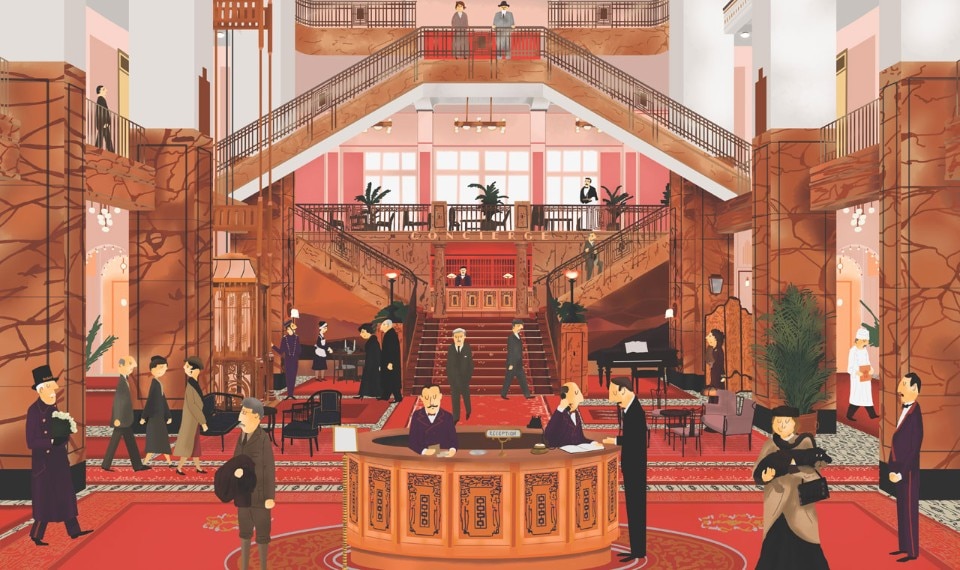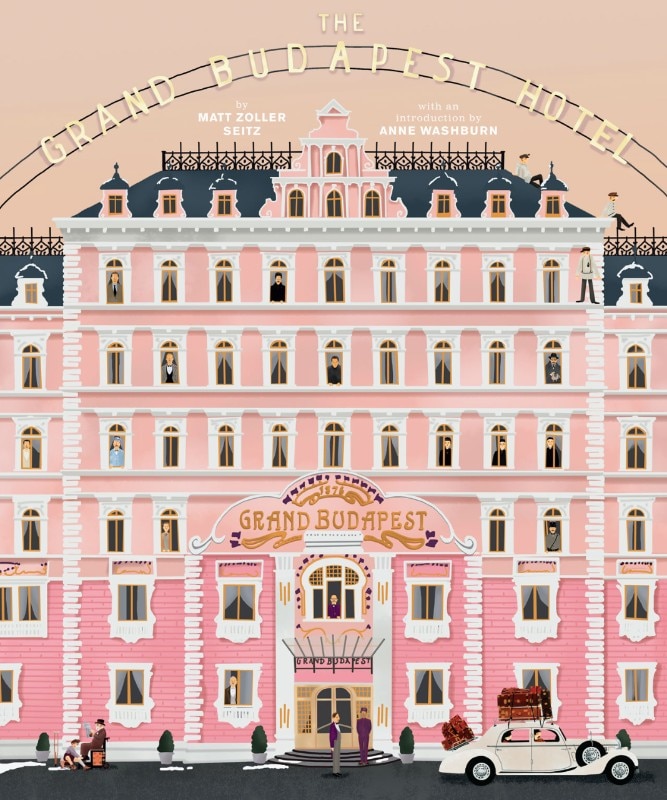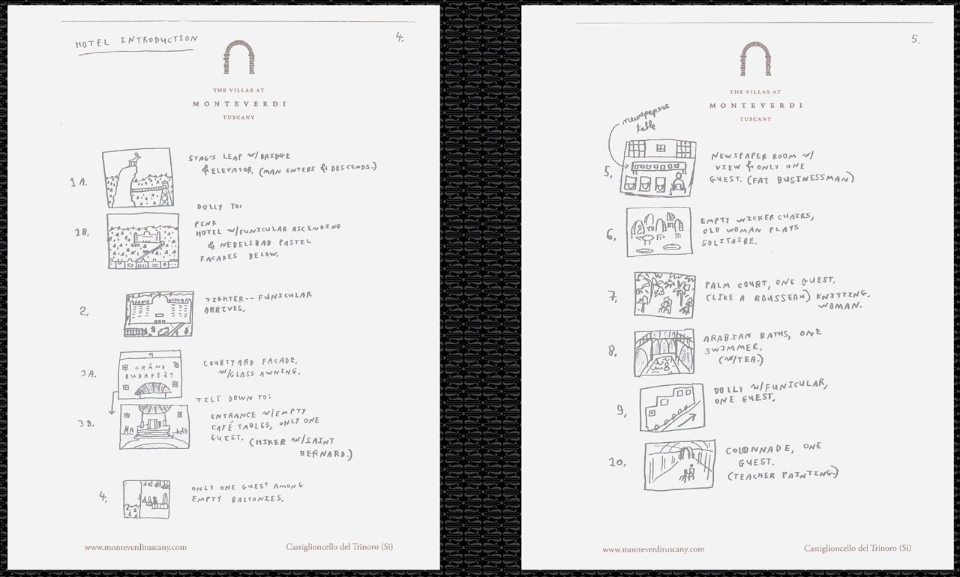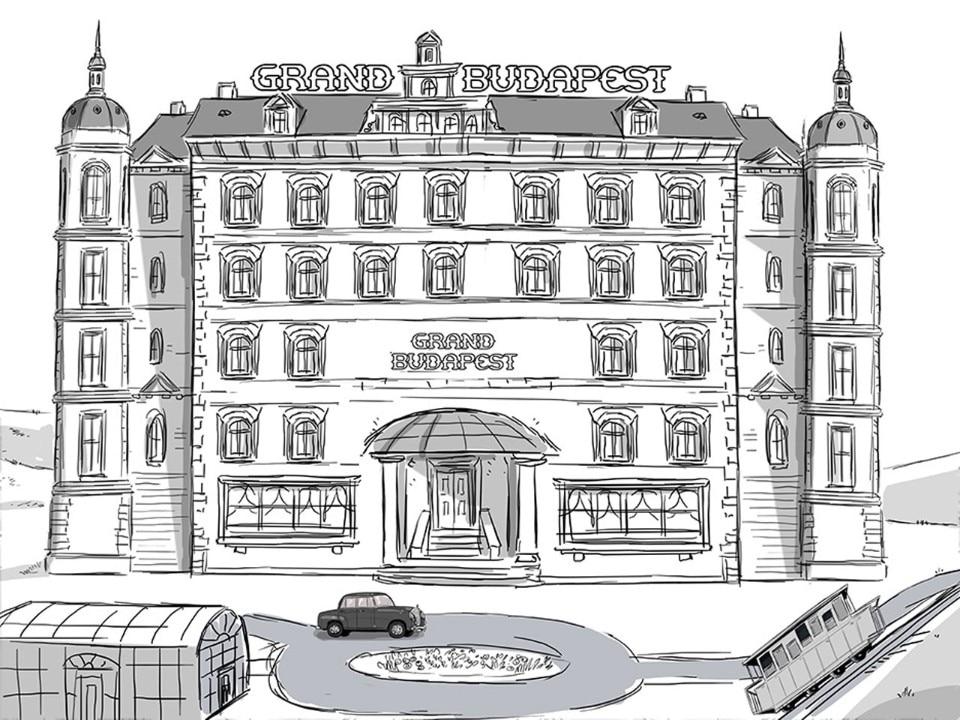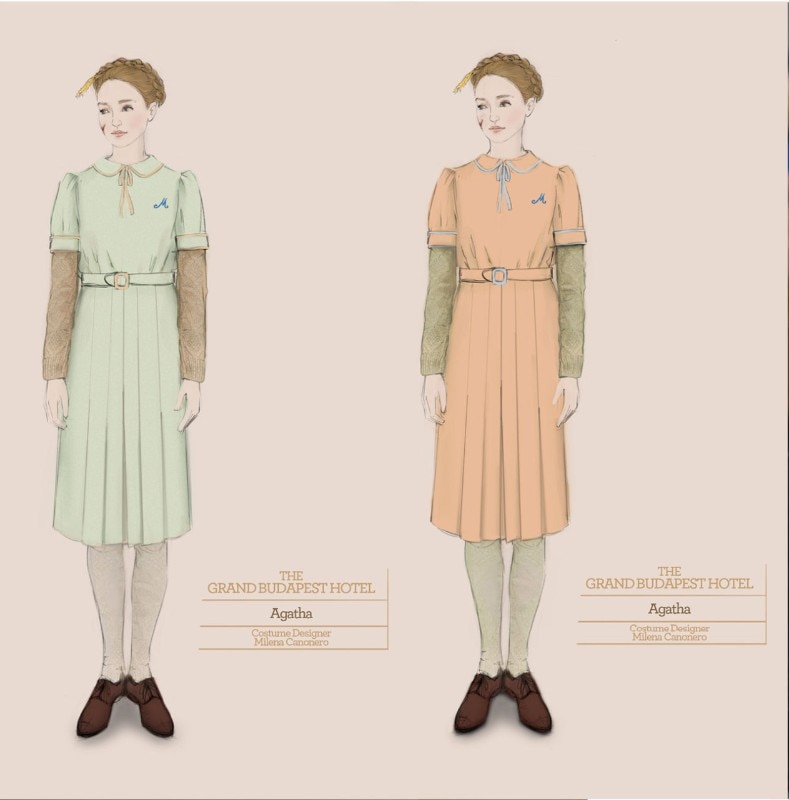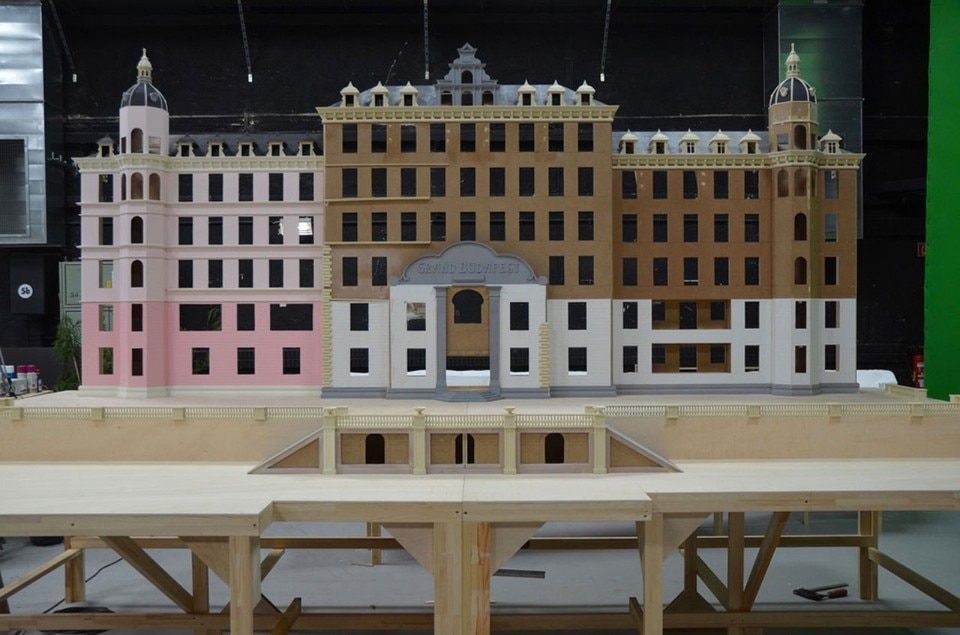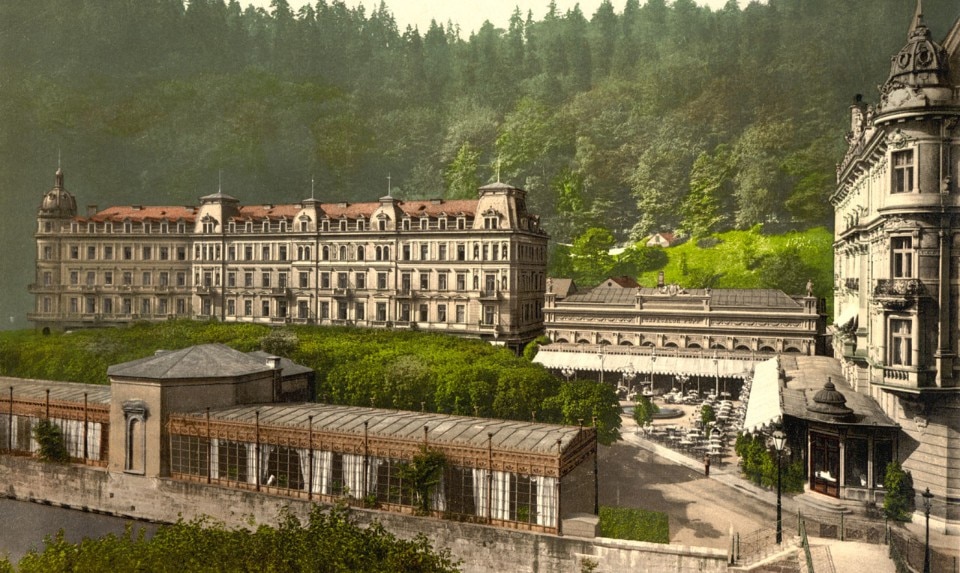“The Grand Budapest Hotel, it’s a twelve-layer wedding cake of a film” says Matt Zoller Seitz at the beginning of his eponymous monograph on the eighth film by Wes Anderson – winner of four Oscars – published in the United States last February. The author, writer, editor-in-chief of RogerEbert.com and New York Magazine’s TV critic also authored the previous The Wes Anderson Collection, published by Abrams in 2013. He continues by explaining the paragon with fine baking in the book’s preface. “As you are devoring a twelve-layer wedding cake, you don’t necessarily think about all the work that went into it –, only that it’s delicious.” This also happens with Wes Anderson films and maybe with this book, too. You can eat a slice of it or even two, you may simply look at it or not want any. The fact is that the form and content of this book will satisfy all appetites.
